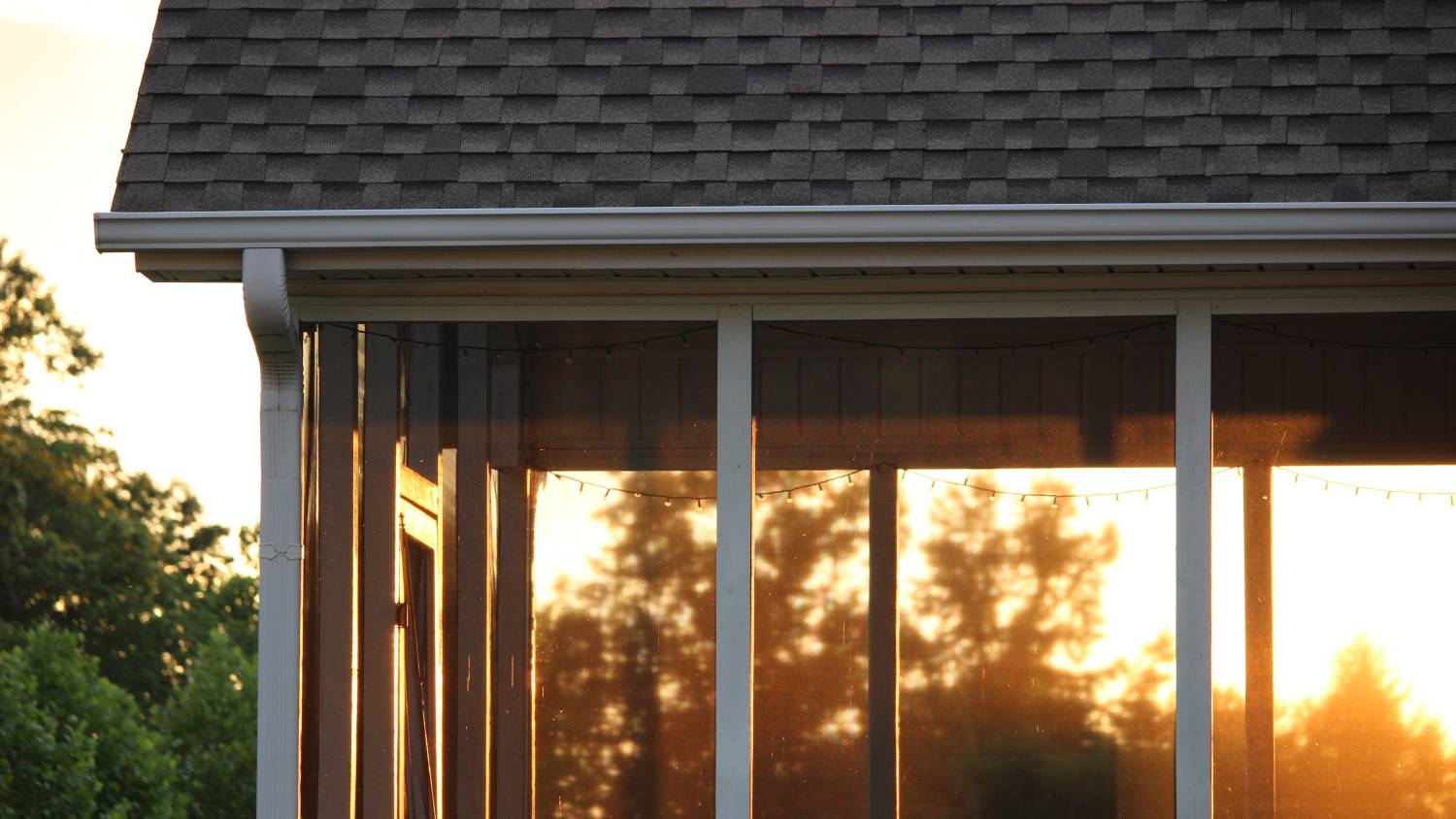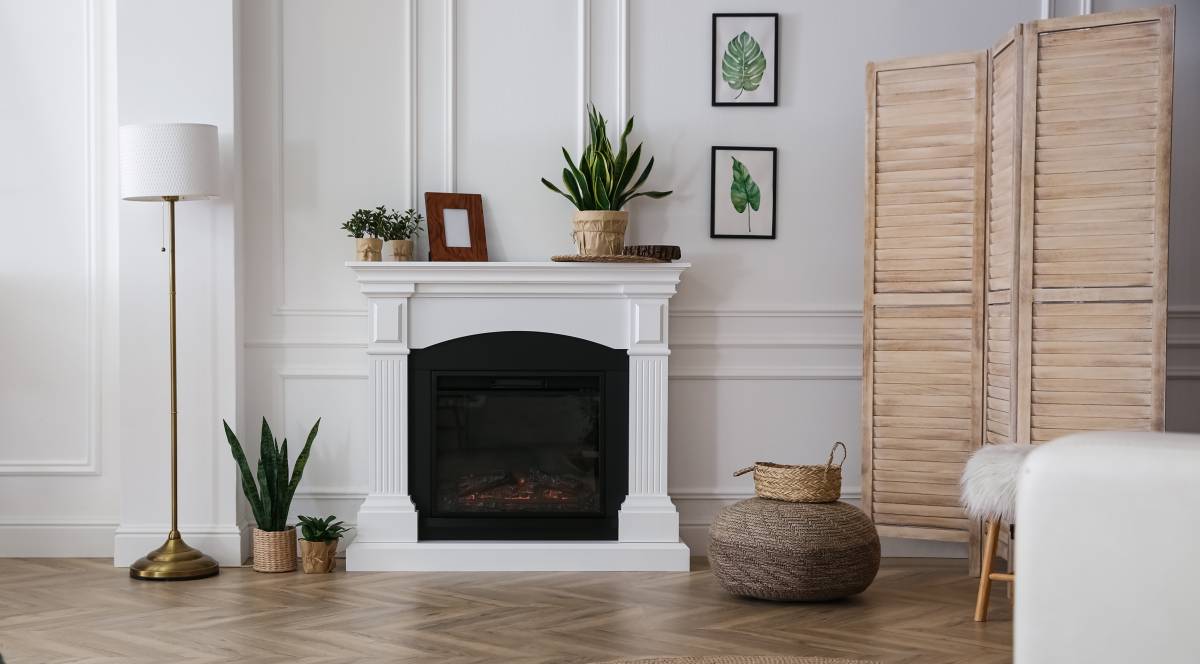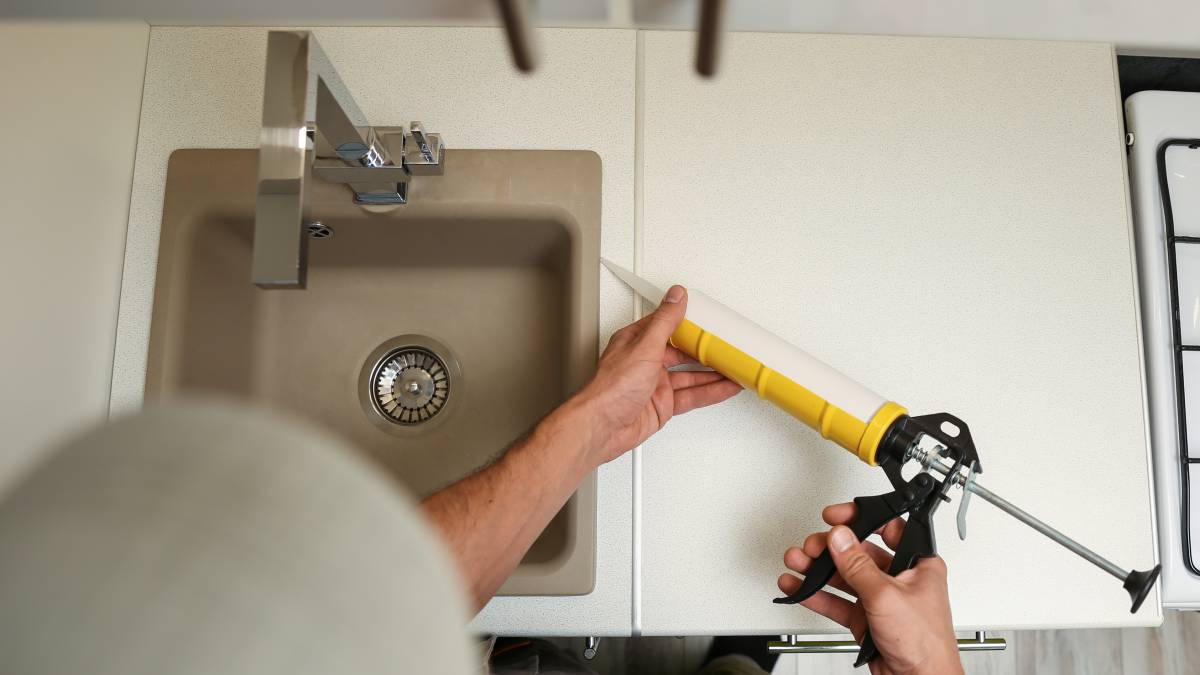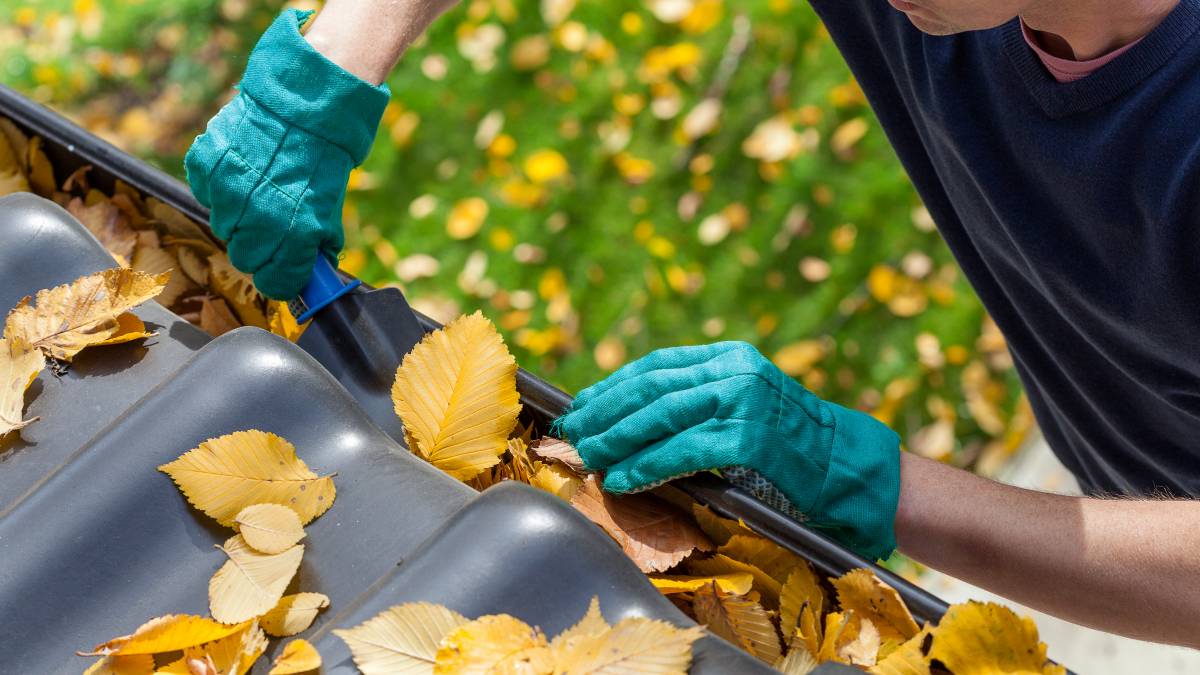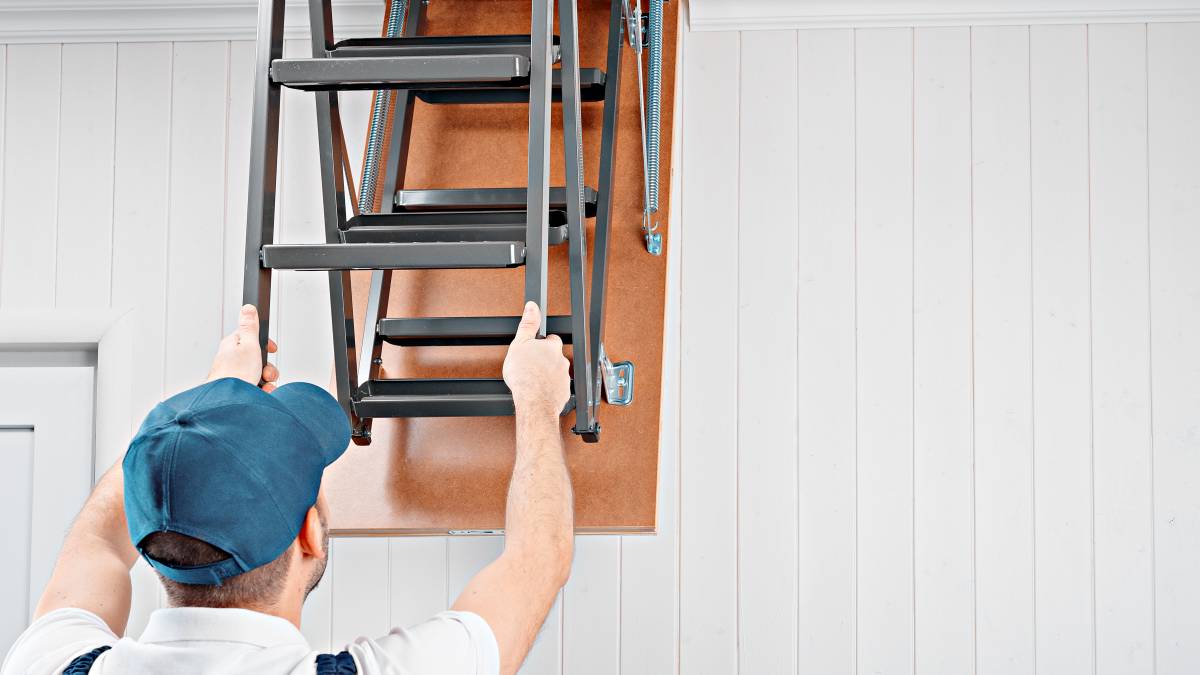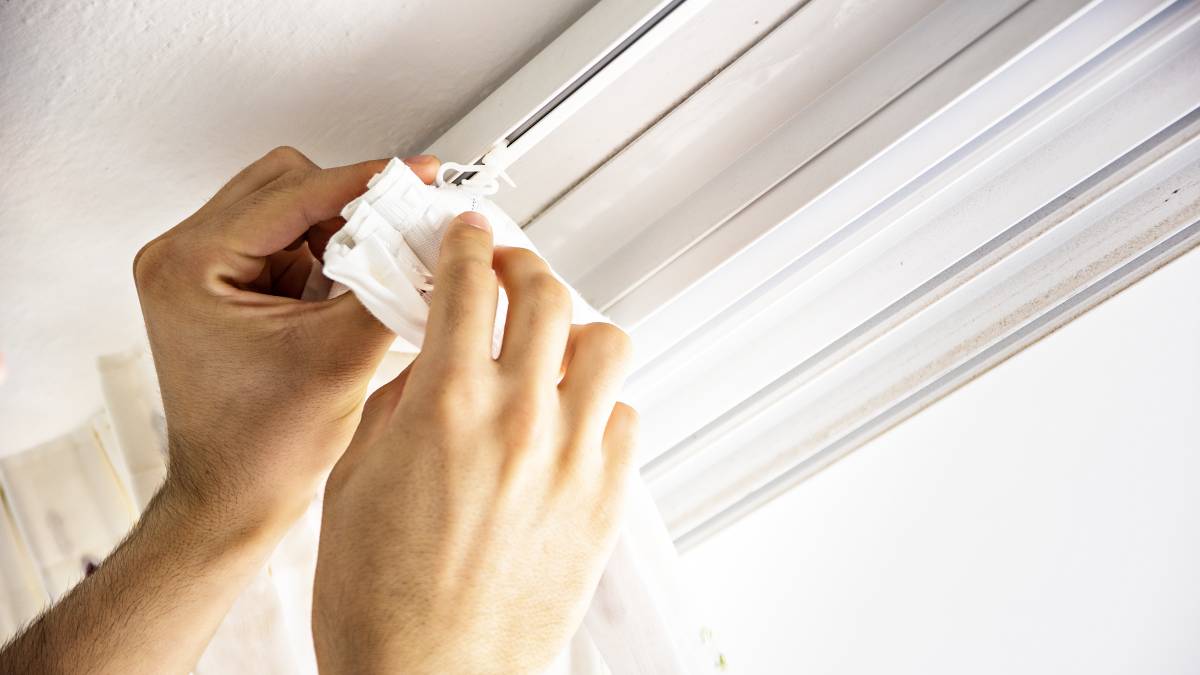- Home/
- Guides/
- Weather Stripping/
- Weather Stripping Your Windows

Weather stripping your windows: A guide to a comfortable, energy-efficient home
Save on energy costs and learn how to install weather stripping on windows! Read our guide to find out how.
Find a handymanLast Updated on
Weatherstripping is a simple, low-cost way to save energy and reduce electricity bills. It reduces air leaks in the summer while winterizing your home during colder months by preventing drafts from entering. But before you start, you need to get familiar with the several weather-stripping materials available on the market and where they’re appropriate to use.
If you want to learn how to install weather stripping on windows, read our guide to learn more.
9 Types of window weather stripping materials
Before you choose a material for weather-stripping windows, determine the type of window you plan to seal. The material should be compatible with your window to effectively withstand temperature changes, friction, and wear and tear associated with your location and the weather.
1. Tension seal
Also known as a V-channel, this is a self-stick vinyl folded along the length in a V-Shape to bridge a gap. The material’s shape creates the seal by pressing against the sides of a crack to block air from coming in. It’s best used for sliding window weather stripping.
2. Felt tape
This is plain or reinforced with a flexible metal strip and is usually sold in rolls. It has to be stapled, glued, or tacked on. The staples must be parallel to the length of the strip to ensure a seal. This affordable material is best used around a window sash with reinforced felt.
3. Door sweep
Door sweeps are flat pieces made of aluminium or stainless steel. It’s also fitted with a strip of plastic, vinyl, sponge, or felt to fill the space between the door and threshold. This is best installed on the bottom of the interior side of a window. It’s one of the easiest to install and is very common in hardware stores.
4. Reinforced foam
Closed-cell foam is attached to wood or metal strips to prevent drafts from coming in. It’s a relatively affordable material used on window stops and the top and bottom of a window sash.

5. Tape
Usually made from nonporous, closed-cell foam, open-cell foam, or EPDM (ethylene propylene diene monomer) rubber. This is best installed on the top and bottom of a window sash, attic hatches, and broken windows. It’s also good for blocking corners and irregular cracks.
6. Rolled or reinforced vinyl
This is made from a flexible or rigid strip gasket usually attached to wood or metal strips. It’s best for window stops or the top or bottom of a window sash. Rolled or reinforced vinyl allows more options, strength, and durability when weatherstripping. It can also provide an aesthetically pleasing look because of its rigid form.
7. Magnetic
This is a very effective air sealer that works similarly to refrigerator gaskets. The magnetic strip is encased in a UV-stable TPE (thermoplastic Elastomer) cover that can be trimmed in the field to fit into corners. Magnetic weather stripping is best installed on double-hung and sliding window channels.
8. Reinforced silicone
Reinforced silicone is made with a tubular gasket attached to a metal strip that resembles reinforced tubular vinyl. This type of weather stripping is placed on the bottom and sides of a window or window stops. Because of its slightly more pliable feature, it tends to form a better seal than reinforced vinyl but comes at a higher cost.
9. Fin seal
This is made from a pile weather strip with plastic Mylar fin centred in a pile. Fin seals are made of plastic and can last for several years. However, they are often hard to replace after the first installation. This is best installed on aluminium sliding windows.
How to install weather stripping on windows
You’ll need to measure the perimeters of all windows to be weather-stripped to find out how much weather-stripping material you’ll need. It’s a good idea to add about 5 to 10% to the total material measured to accommodate errors.
Installing weather stripping supplies will range from simple to technical. Read the instructions found on the weather stripping package to ensure a successful application.
What you’ll need
Your chosen weather-stripping material
Tape measure
Scissors or tin snips
Caulk gun and caulk
Hammer
Drill
Brads
Rags
Steps to weather strip windows
Step 1: Clean the window
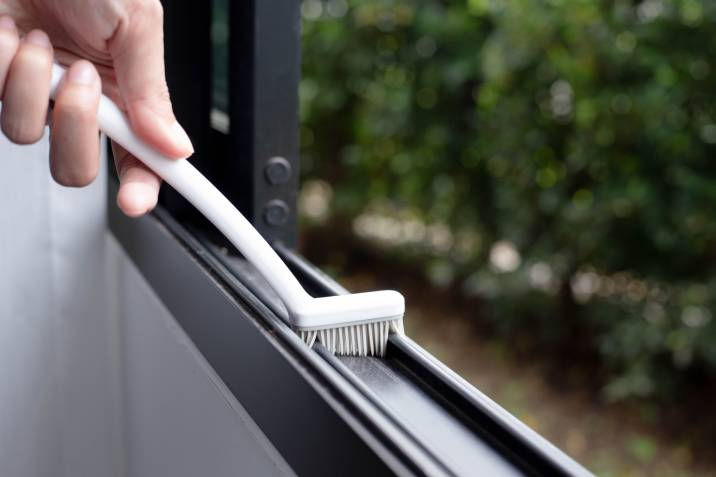
Open the window and clean the outside of the sash or stop with soapy water. Make sure that no dirt or grease remains. Remove old weather stripping and adhesives to ensure the new weather stripping material will stick on properly.
The old weather stripping should pull off. You can use an adhesive remover with a rag and scrub it off for the remaining adhesive. Follow manufacturer instructions to ensure the product won’t damage wood or other areas. Allow the area to dry completely.
Step 2: Cut to size

Measure out the weather stripping material of choice and cut to size using scissors or tin snips, depending on the material used. Exercise proper safety precautions and wear safety gear when handling power tools like drills! Here are some of the most commonly-used weather stripping materials and how to measure them to size:
Tension seal
Position the strips, so the flared flange faces outside. Mount the centre strip to the upper window sash with the flare placed down. In contrast, horizontal strips are mounted to the top of the upper sash and the bottom of the lower sash, flare facing out. Using scissors or tin snips, cut the v-strips to size.
Vinyl
After cleaning and drying the area, cut the rolled vinyl to size with scissors.
Tape
After ensuring the surface is clean and dry, measure the tape on all sides of the window stop. Then, cut it with scissors or tin snips.
Door sweep
Measure the width, then mark and cut the new door sweep to length. Drill pilot holes onto the door sweep, and loosely attach it with screws.
Step 3: Apply weather stripping material of choice

Once measured, ensure that the surface you’re applying to is clean and dry. Here are some of the commonly-used weather stripping materials and what to keep in mind when using them:
Adhesive-type weather stripping like foam or vinyl will have an adhesive backing. Remove this as you go to help prevent the adhesive from accidentally adhering to an area that it shouldn’t. Press firmly in place
Nail-in weather stripping, like door sweeps and tension seals, will entail placing nails in pre-punched holes. For double-hung windows, install the lower half, drop the sash, and then install the upper half.
Installation tips
Some peel-and-stick weather stripping should only be applied when the temperature is around 50°F (10°C). Check the product label to be sure.
Start with a tiny area to ensure the window opens and closes without difficulty.
Measure twice before cutting to prevent waste!
Let the pros handle weather stripping for you!
Weather stripping can help you save on costs by reducing air leaks in the warmer months and preventing cold drafts in the colder season! If you feel daunted with doing the task or have no time to do it yourself, why not find a capable handyman?
Post a task on Airtasker and let the pros handle weather stripping for you!
FAQs on weatherstripping windows
Yes, you can! There are many weather-stripping materials you can use, depending on your window type. For example, you can use tension seal weather stripping on sliding windows. Double-hung windows can benefit from magnetic weather stripping. There are also affordable options like door stops and felt tape that is easy to install.
To seal windows with weather stripping, determine the type of window you plan to weather strip. Next, you can find a weather strip that fits the window and your budget. Once you’ve chosen the weather strip material, you can follow the instructions on the package on how to use it or ask the help of pros to apply it for you.
The best weather stripping will depend on the type of window you plan to install it on and your budget and requirements. For example, tension seals are durable weather strips for sliding doors and are relatively easy to install. Reinforced foam could be the ideal weather strip if you live in a windy area.
There are many ways to winterize a window! You can use weather stripping, insulation through insulated curtains or a window film, or re-caulk them. Learn how to winterize a window by reading our how-to guide!
Find weather stripping installers, fast
Find a weather stripping installer
Related articles

Best blue-collar jobs on Airtasker
Read more

How to Soundproof a Room
Read more
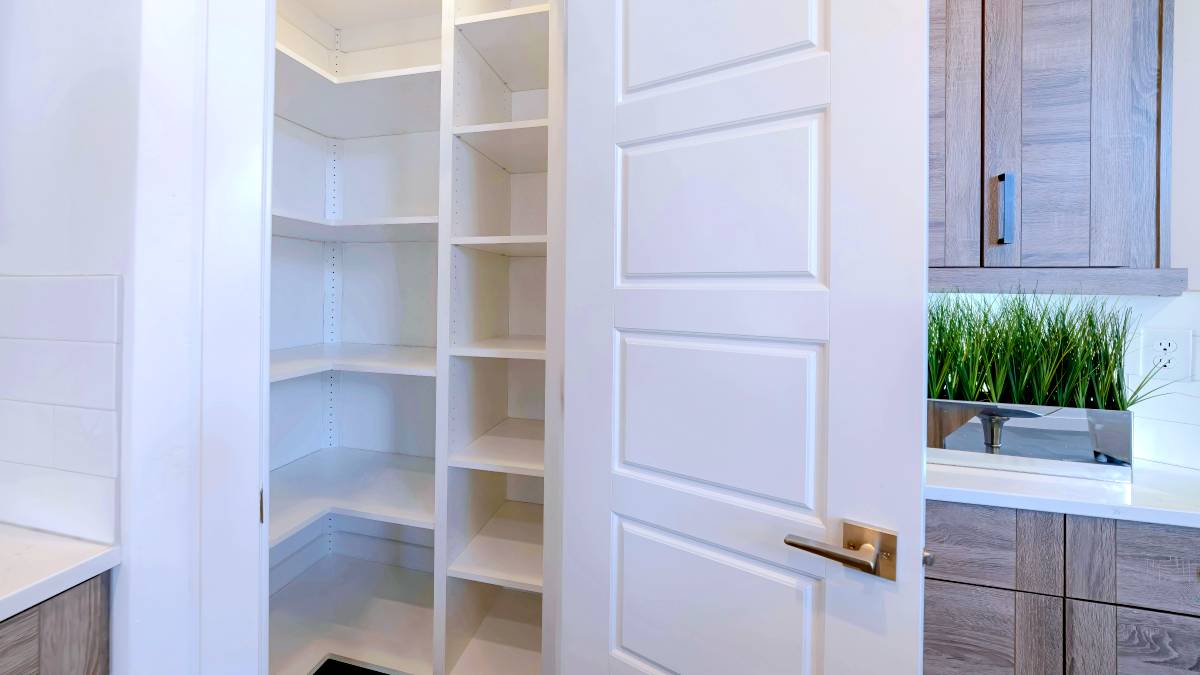
30 Eye-catching pantry door ideas
Read more
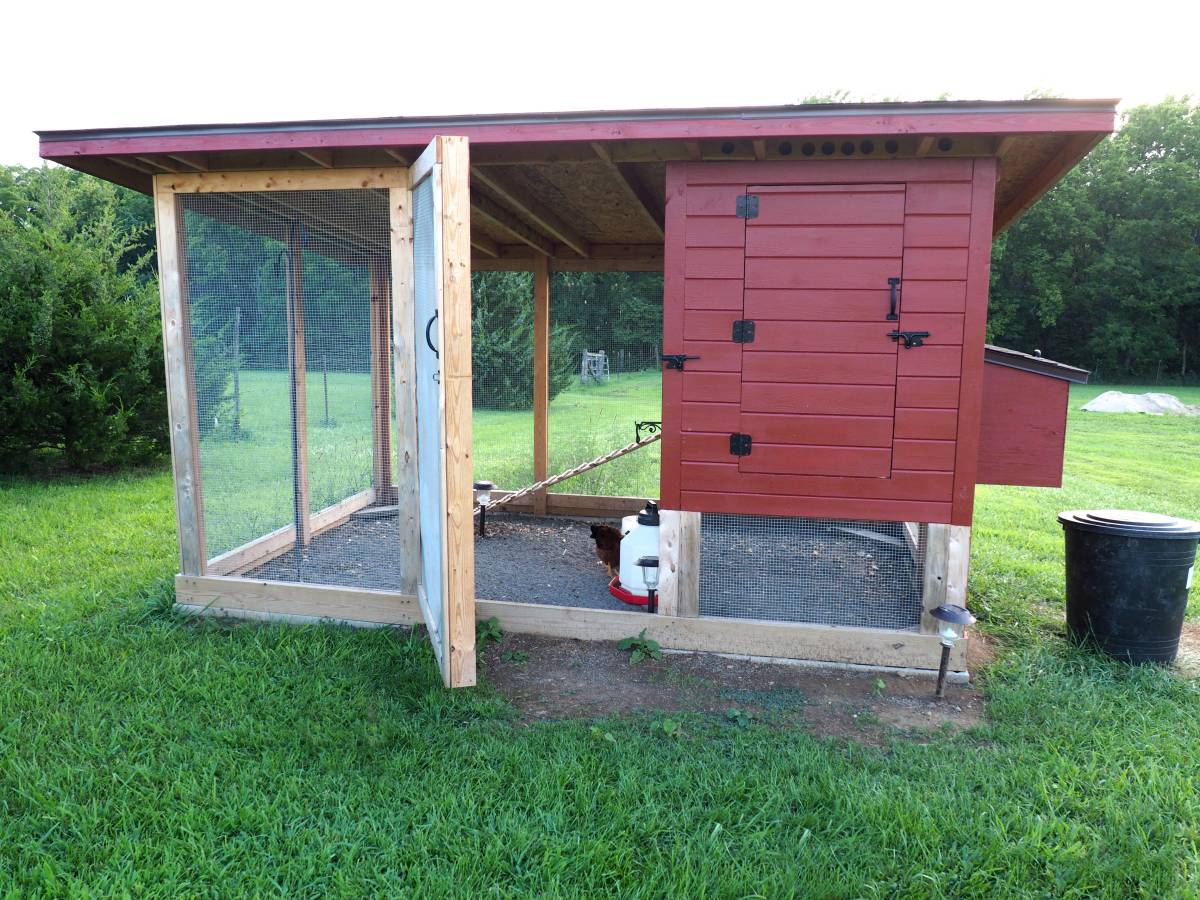
How to fox proof your chicken coop
Read more

How to install curtain rods
Read more
Related price guides

What are average handyman prices?
Read more

How much does treadmill repair cost?
Read more

How much does clock repair cost?
Read more

How much does hot tub repair cost?
Read more

How much do roman blinds cost?
Read more

How much does window repair cost?
Read more

How much does signage cost?
Read more

How much do chainsaw services cost?
Read more

















